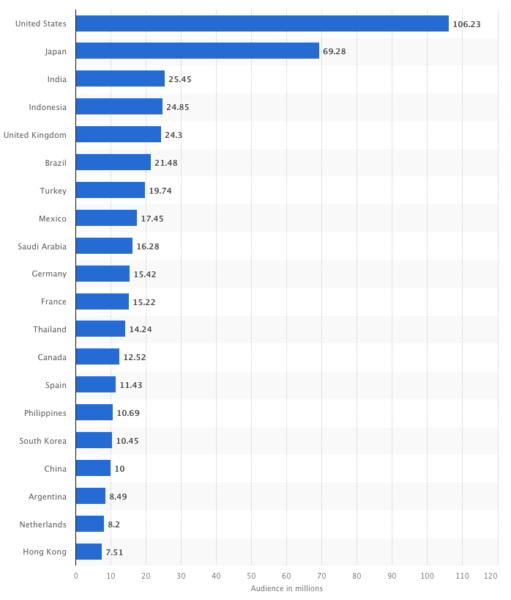Cryptocurrency laundering activities are evolving, with a recent report from Chainalysis highlighting significant shifts in tactics employed by criminals. Despite a decrease in the total value of funds sent to laundering services, there’s a notable surge in the use of cross-chain bridges and decentralized finance (DeFi) protocols for obfuscating illicit funds.
Rise of cross-chain bridges and DeFi
Chainalysis analysis points out a notable increase in the use of cross-chain bridges for laundering purposes, particularly among theft-related addresses. Criminals are leveraging these bridges to move funds across different blockchains, challenging tracing illicit transactions’ origins. Moreover, the report highlights the growing use of DeFi protocols for money laundering, although the inherent transparency of DeFi presents challenges in effectively obscuring the movement of funds.
Despite the evolving tactics of money launderers, there’s been a significant decline in the total value of cryptocurrency sent to laundering services. Chainalysis notes a drop from $31.5 billion in 2022 to $22.2 billion in the previous year, surpassing the overall reduction in crypto transactions. This decline underscores a pronounced decrease in laundering activities, indicating potential effectiveness in anti-money laundering measures.
Evolving strategies of crypto criminal groups
The report highlights the adaptive nature of sophisticated criminal groups, such as the Lazarus Group, which have diversified their tactics in response to enforcement actions. Following the takedown of the mixer Sinbad, YoMix emerged as a prominent tool for laundering, with North Korea-affiliated hackers significantly contributing to its growth. This demonstrates the agility of criminal organizations in exploiting new avenues for laundering funds, posing challenges for authorities.
Despite a decrease in total laundering activities, the report reveals a less concentrated laundering pattern at individual deposit address levels in 2023. However, a slight increase in concentration at the service level suggests a strategic spread by criminals across more addresses and services to evade detection and enforcement. This dynamic reflects the ongoing ‘cat and mouse’ game between money launderers and law enforcement agencies.
The Chainalysis report sheds light on the evolving landscape of cryptocurrency laundering, characterized by the increased use of cross-chain bridges and DeFi protocols. While there’s been a decline in the total value of laundered funds, criminals continue to adapt their strategies, posing challenges to enforcement efforts. As the crypto ecosystem evolves, regulators and industry stakeholders must remain vigilant in combating illicit activities and safeguarding the financial system’s integrity.
By analyzing these trends, authorities can better understand the methods employed by money launderers and implement targeted measures to disrupt their operations. However, the dynamic nature of crypto laundering underscores the need for continued innovation and collaboration across the ecosystem to effectively mitigate risks and maintain trust in cryptocurrencies.





